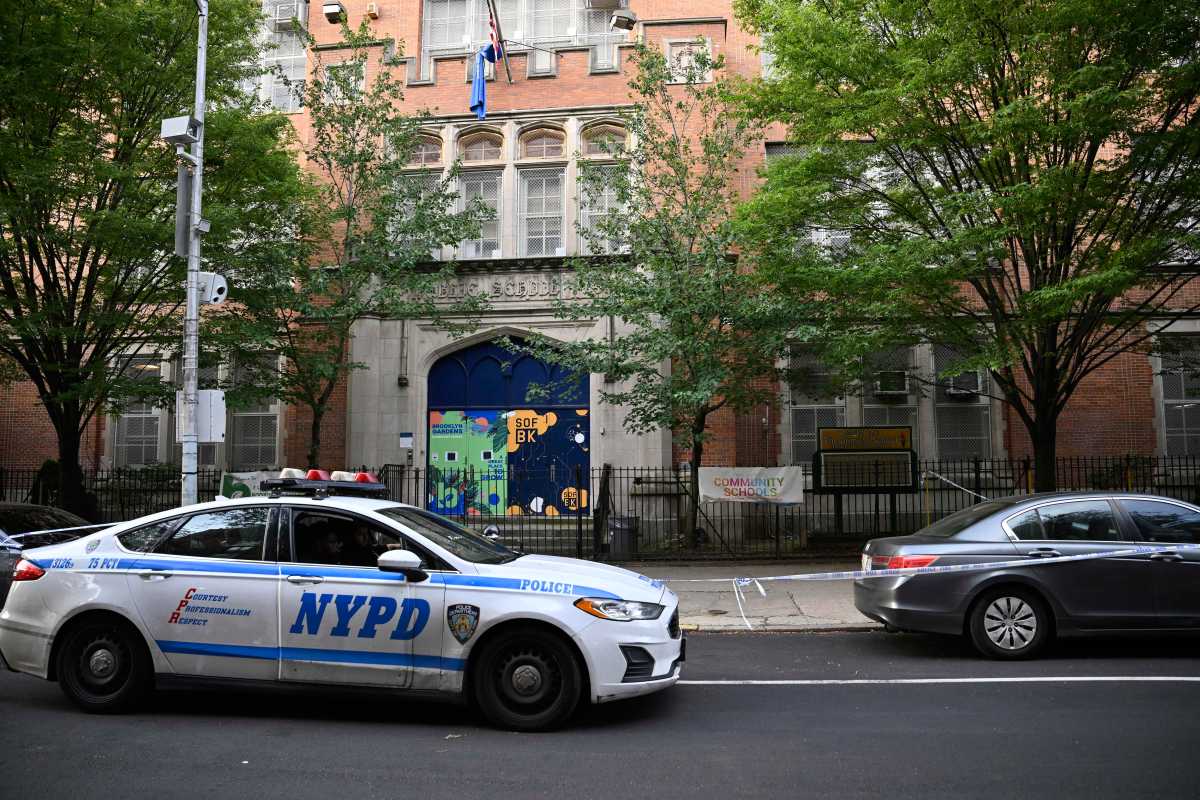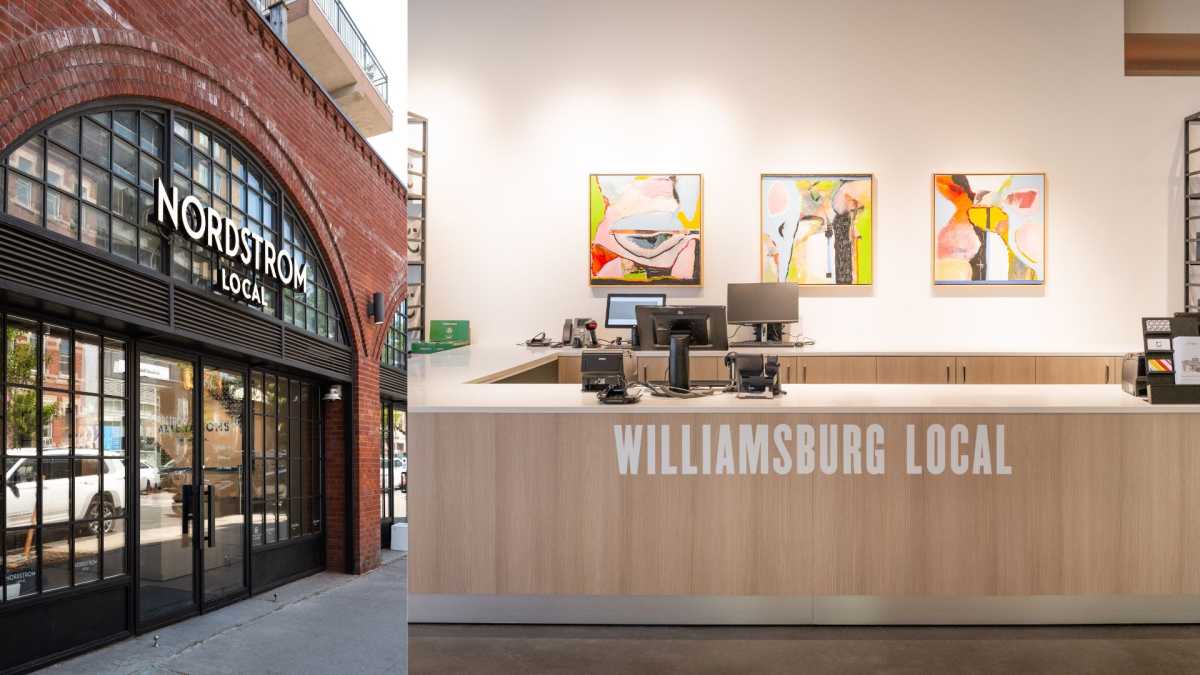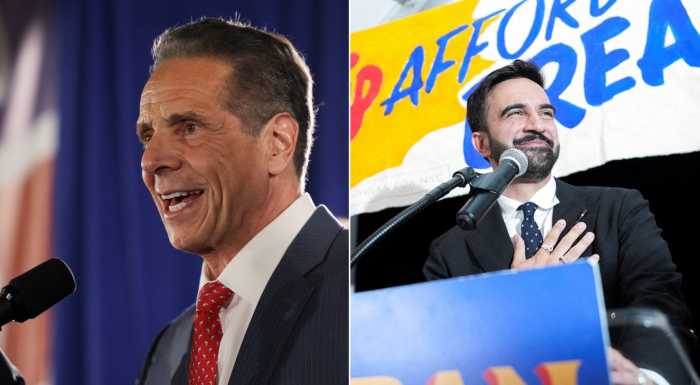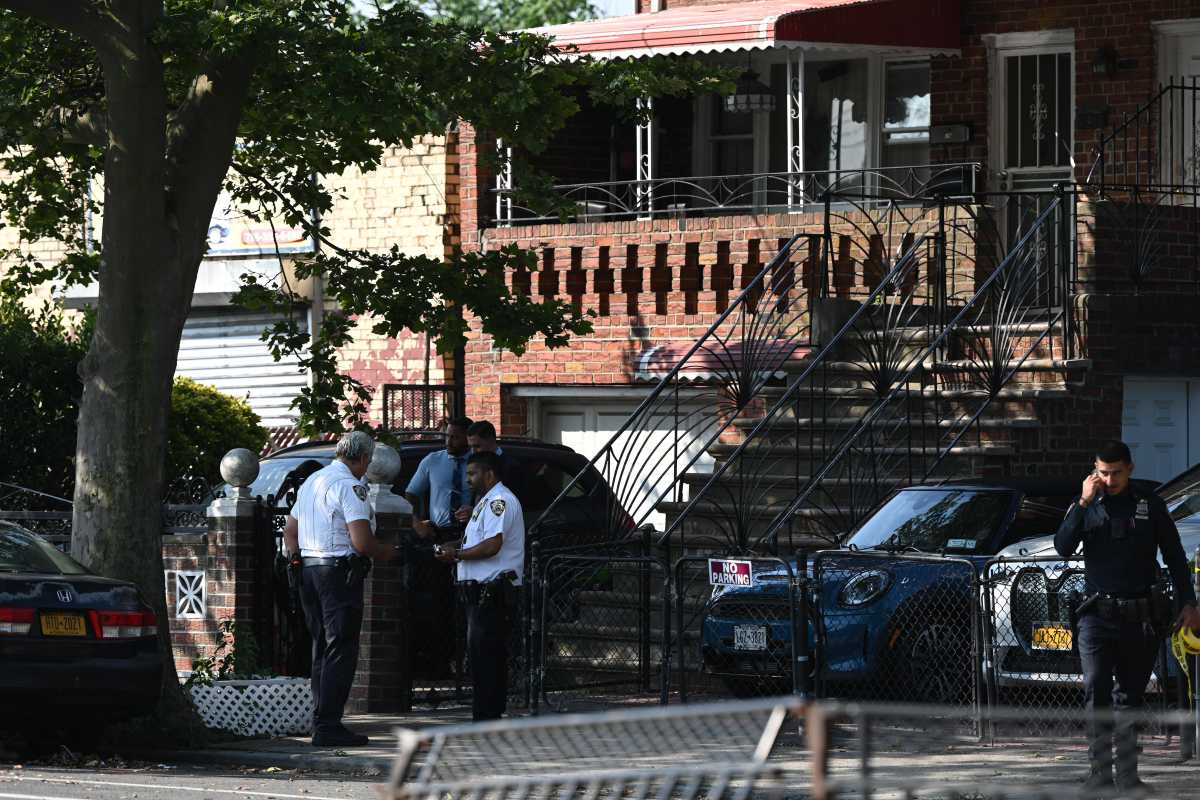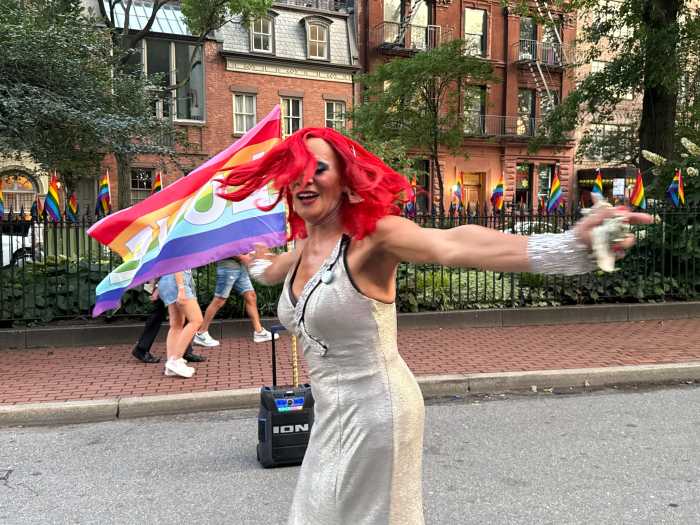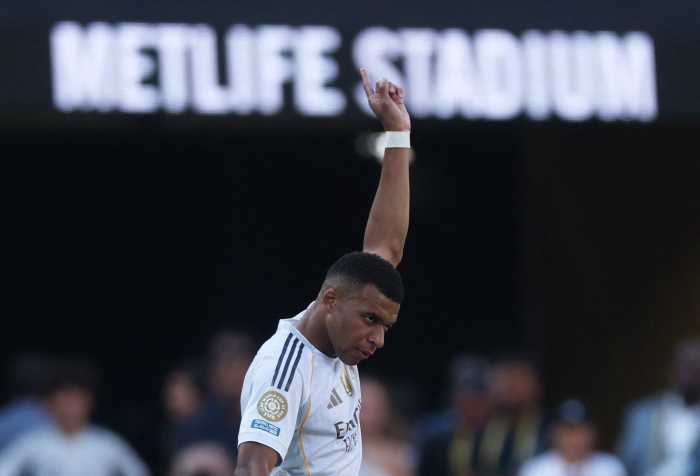State legislators convened a transportation hearing at Borough Hall in downtown Brooklyn last week, one of a series held throughout the city, during which public officials and transportation advocates debated the merits of the Ravitch Commission’s plans to close the ballooning MTA’s budget deficit and expand the region’s bus system.
Former MTA Chair Richard Ravitch, who led the commission, was peppered with questions by Brooklyn State Senator and Senate Transportation Chair Martin Dilan, Brooklyn Senator Daniel Squadron and Harlem Senator Bill Perkins about the advantages and disadvantages of imposing tolls to East River and Harlem bridges. Ravitch argued that while few legislators would be in favor of fare increases, it was critical to add bridge tolls in order to increase revenue for the MTA.
“There is concern from Brooklyn, Queens and other boroughs about being tolled,” Ravitch said. “We live in a world where a lot of things are changing and that is the least of them. This revenue stream is essential to our capital plan for providing bus service to the outer boroughs.”
The MTA estimates that the tolls would add net revenues of about $600 million per year. The Ravitch Commission Report recommends setting tolls on bridges along the East River to rates equivalent to MTA’s other bridge tolls and establishing tolls along Harlem River bridges that are equivalent to a subway fare. The Commission proposes an 8 percent fare and toll increase for 2009, as opposed to the previous 23 percent proposed increase, which would include bridges that are already tolling vehicles.
City Comptroller William Thompson, Jr. disagreed with the Ravitch Plan’s toll proposal and instead urged state officials to consider a weight-based vehicle registration fee for vehicles in the New York metropolitan region.
“Some working people, especially those who own small businesses, would end up paying a disproportionate amount for tolls. They are vital for the economic diversity of the city. But tolls would significantly burden these businesses, many of which are already struggling,” said Thompson.
Brooklyn transportation advocates are hopeful that bridge tolls new bridge tolls will change the driving culture in New York City, encouraging residents to use new bus lines that will extend to the far reaches of the borough and alleviating congested subway lines and roadways. According to data provided by the Environmental Defense Fund, only one out of every 67 trips beginning in Brooklyn is a driver going to Manhattan and bus and subway trips in Brooklyn outnumber auto trips from Brooklyn to Manhattan by a rate of 17 to one.
“Having express buses beyond the subway, going to Mill Basin, Dyker Heights, parts of Canarsie and East New York is a critical part of this plan,” Michael Friedman-Schnapp, Co-Chair of Neighbors Allied for Good Growth, said. “People taken off the L train and A train will lead to traffic flowing in South Williamsburg and less idling near bridge plazas which will improve air quality.”
Kevin Vincent, a Brooklyn-based volunteer with Transportation Alternatives, said that while TA will not be advocating for one plan over another, members will provide input at public forums and to legislators about how bridge tolls are an equitable way to share the burden for increased transportation costs.
“Tolls just begin to touch on this aspect of our culture intent on driving everywhere,” said Vincent.


